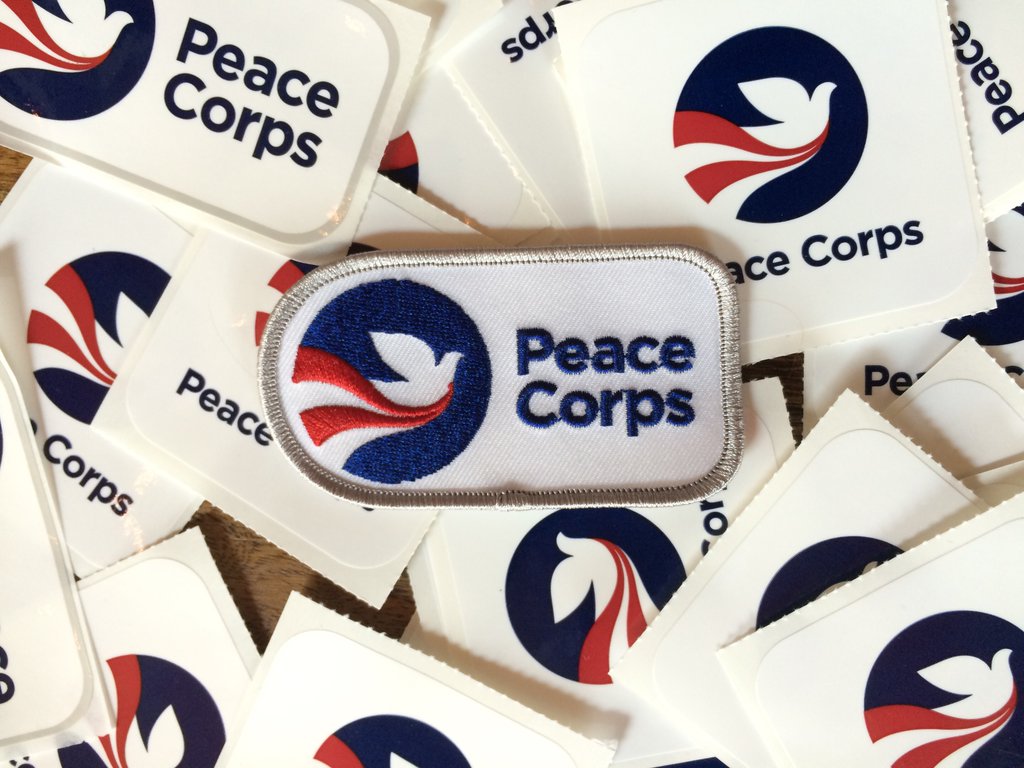Here at Technical.ly we write a lot about new companies using technology to change (and, they’re wont to argue, improve) the way a process has traditionally been carried out. It’s the startup way.
But the flip side of this is, of course, the “establishment” — the companies or organizations who have been in place, developing the way things are done. Sometimes this establishment embraces innovation, other times it does not. And it can be hard to tell, often, whether the establishment is being prudent in sticking to its own methods, or whether it is being obtuse and resistant to change.
This is a story about that tension.
Not long ago, we wrote about a crowdfunding platform called DonorSee that’s looking to circumvent big international aid organizations by giving money directly to aid workers around the world. It’s sort of like GoFundMe for international aid projects.
After our interview with founder Gret Glyer we learned that the Peace Corps (the around 7,000 volunteers for which are key potential DonorSee users) has banned its volunteers from raising money on the DonorSee platform. DonorSee immediately rallied against the ban, creating a Change.org petition to be delivered to President Donald Trump (it has yet to reach 500 signatures).
From the petition:
So why was DonorSee banned? The only stated reason was ‘federal regulations.’ In other words, the Peace Corps wants to have total control over the aid that’s provided, despite countless examples of their being embarrassingly irresponsible with that ‘aid.’
We reached out to the Peace Corps, based in downtown D.C., for comment.
“Peace Corps has a long-standing policy on how Peace Corps Volunteers may obtain funding for their projects,” a Peace Corps spokesperson told Technical.ly in an email. “The objective of this policy is to ensure sound management and clear accountability of funds donated from outside sources to the agency for Volunteer projects. The only authorized mechanism for fundraising for a Peace Corps volunteer project is through the Peace Corps Partnership Program (PCPP). Accordingly, Volunteers may not solicit or accept funds for their PCPP projects from outside sources, including online forums.”
And according to the same statement, “every penny of a donation is directed towards a Volunteer’s project. No part of a PCPP donation is used to cover staff or overhead costs for administration of PCPP.” (Recall, that donated funds are too often used for institutional overhead is another key DonorSee complaint about major international aid orgs.)
Glyer argues that the PCPP mechanism is without DonorSee’s most distinctive and powerful component — the video “proof” of a project — and that it takes too long for funds to make their way through the Peace Corps bureaucracy and to the volunteer.
But for the Peace Corps, a government-run program, the issue of accountability of funds is key. The Peace Corps is a 55-year-old organization, with a reputation based on this accountability. And DonorSee is, well, a four-month-old startup.
In many ways DonorSee is the antithesis to an organization like the Peace Corps — one with overhead and a big institutional structure. But seen a different way DonorSee depends on organizations like the Peace Corps to foot a lot of the cost of sending aid workers overseas to do the work where they might end up using a platform like DonorSee to get added funds. That explains the vociferous response to the news of the ban.
According to Glyer, DonorSee reached out to the Peace Corps to see about a possible collaboration, but that offer was rejected.
So here’s the question — is the Peace Corps making a mistake by shutting out a scrappy newcomer with (clearly) a lot of passion? Or is it the right call?







